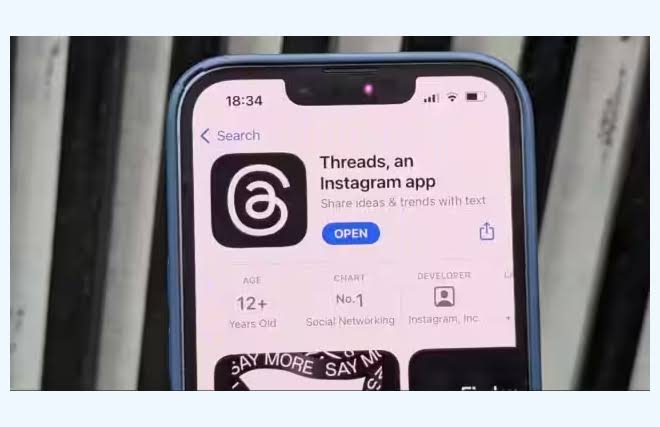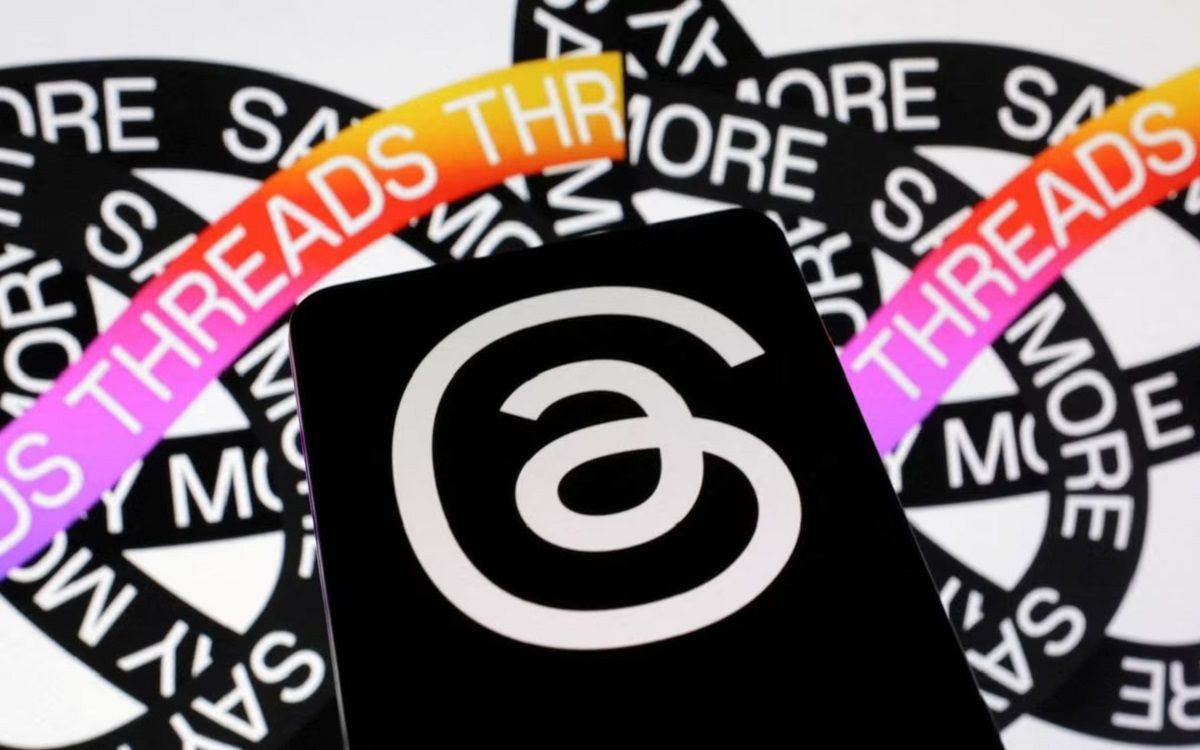
Threads has finally added photo sharing capabilities to their direct messaging system. This means you can now send pictures directly to your friends and connections through private messages, just like you would on any other major social media platform.
This Threads DM update is pretty significant because it transforms the way we can communicate privately on the platform. Before this, if you wanted to share an image with someone, you’d either have to post it publicly or find another way to send it to them. Now, your private conversations can be much more visual and engaging.
The new image sharing feature works seamlessly within the existing direct message framework, so you don’t need to learn any complicated new processes. It’s designed to feel natural and intuitive, which is exactly what we want from our social media apps.
How the New Photo Sharing Feature Works

The folks at Threads have made this feature super simple to use. Here’s exactly how it works, straight from Threads themselves:
“In your inbox, open an existing conversation or start a new one, then tap the plus icon at the bottom left. To send a still image from your camera roll, tap ‘Media,’ then ‘Send.’ To take a new photo, tap ‘Camera,’ then ‘Use Photo’ to send it.”
It’s incredibly straightforward. You’ve got two main options for sharing images in your Threads messages. First, you can grab any photo that’s already saved on your phone from your camera roll. Second, you can take a brand new photo right within the app and send it immediately.
The process is basically the same as what you’d find on other messaging platforms, which means there’s no learning curve if you’re already familiar with sending photos on Instagram, WhatsApp, or any other messaging app.
Here’s something interesting that shows how much Meta has been evolving its approach to Threads. The company actually launched Threads direct messaging just last month, which was already a big step forward. Initially, Meta wasn’t too keen on adding another messaging platform to their already extensive network of communication tools.
But user demand clearly spoke louder than their initial hesitation. People wanted to be able to have private conversations on Threads, and now they wanted to make those conversations more visual and engaging. Meta listened and delivered.
This shows that Threads is still very much in development mode, constantly adding new features based on what users actually want and need. It’s refreshing to see a platform that’s responsive to user feedback and willing to evolve quickly.

